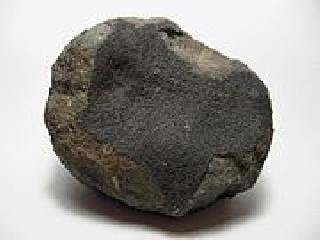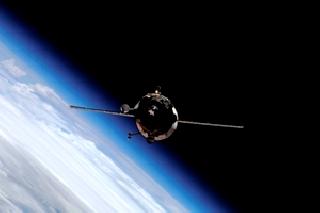
Allende meteorite fragment
HOUSTON (BNS): Scientists have found a new mineral named "Wassonite" in one of the most historically significant meteorites recovered in Antarctica in December 1969.
NASA said the new mineral located within the meteorite officially designated Yamato 691 enstatite chondrite was discovered the same year as other landmark meteorites Allende and Murchison and the return of the first Apollo lunar samples.
Wassonite is among the tiniest, yet most important, minerals identified in the 4.5-billion-year-old sample. The mineral has been added to the list of 4,500 officially approved by the International Mineralogical Association.
"Wassonite is a mineral formed from only two elements, sulfur and titanium, yet it possesses a unique crystal structure that has not been previously observed in nature," NASA space scientist Keiko Nakamura-Messenger.
The mineral is less than one-hundredth the width of a human hair or 50x450 nanometers. It was discovered with the help of NASA’s transmission electron microscope, which is capable of isolating the Wassonite grains and determining their chemical composition and atomic structure.
"More secrets of the universe can be revealed from these specimens using 21st century nano-technology," said Nakamura-Messenger.
"Meteorites, and the minerals within them, are windows to the formation of our solar system," said Lindsay Keller, space scientist at NASA's Johnson Space Center in Houston.
"Through these kinds of studies we can learn about the conditions that existed and the processes that were occurring then."
 Previous Article
Previous Article Next Article
Next Article












The Indian Air Force, in its flight trials evaluation report submitted before the Defence Ministry l..
view articleAn insight into the Medium Multi-Role Combat Aircraft competition...
view articleSky enthusiasts can now spot the International Space Station (ISS) commanded by Indian-American astr..
view article